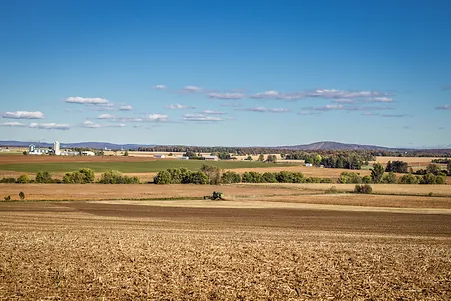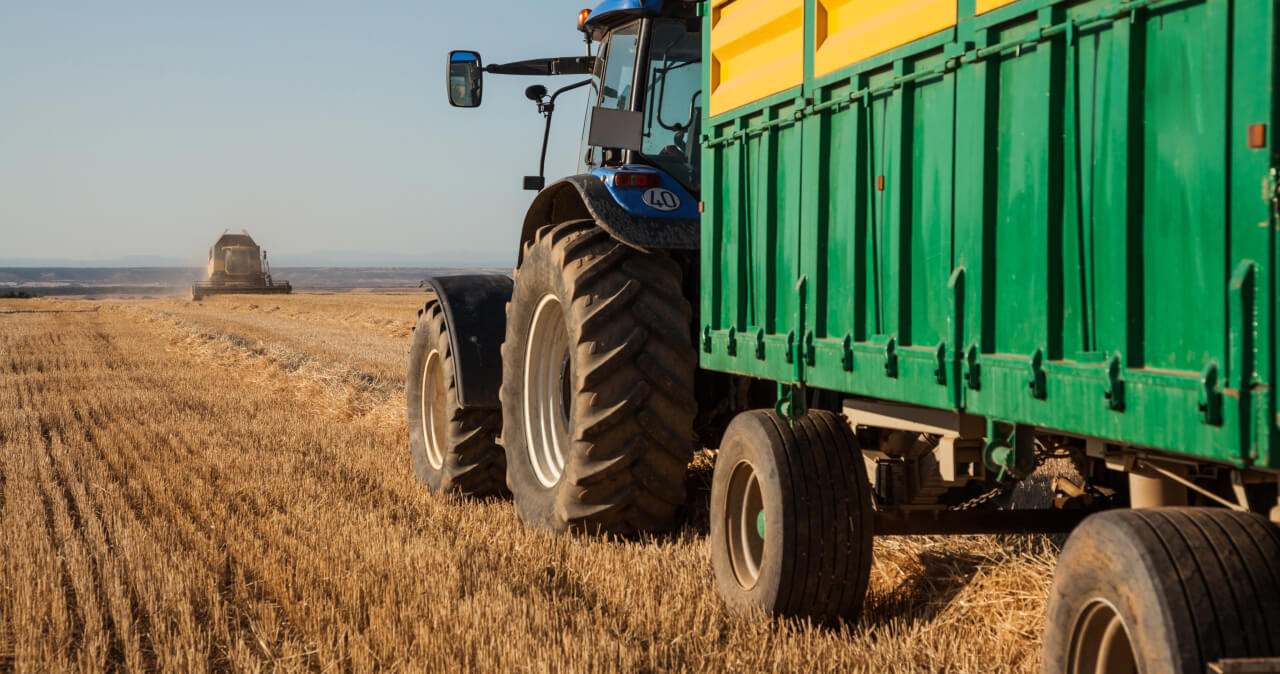

There’s more than one way to evaluate if soil data is “good.” There’s inter-lab variability, the fact that several labs might return drastically different results for the same tests on the same samples. That makes it difficult to measure accuracy.
Theoretically, if the same sample is analyzed several times under the same conditions, the results should be the same every time. That’s precision.
In talking to clients and working closely with traditional wet chem labs, we noticed that’s not always the case. So we ran an experiment to uncover the true magnitude of the variability within a single lab, intra-lab variability.
To find out what to expect in terms of results variation from a single lab, we created a large, homogenized sample out of 18 cores from the same area in our research fields.
We split this sample equally into 6 bags and sent each bag to a well-known and respected lab. We repeated this process in several different fields.
Research has shown that analyzing samples on different days or using different instruments can introduce variance, even within the same lab. Therefore, the samples were analyzed by the same lab on the same day using the same methods. We didn’t tell the lab that the samples all came from the same batch of soil.
We didn’t expect the results to be perfect replicates. This is because error is introduced during several steps of the process: homogenization, pre-treatment, extraction, and instrumental analysis.
However, we did expect results to be similar for all nutrients.
For the same lab analyzing the same sample, we’ve found that most industry members expect very little variability, typically under 10%. Knowing this, it might be surprising to see how many sample sets showed variability well outside this range.
Only 3 of the measured parameters returned an average difference less than 10% (soil pH, buffer pH, organic matter).
30% was the average difference for the 13 parameters falling outside of the 10% range.
Individual properties showed a large range in mean variation, for example 1.8% for buffer pH and nearly 40% for Nitrate Nitrogen.

Intra-lab variability can also vary by sample. The example below shows Potassium measurements with a mean difference of about 32%.

It’s important to note that nutrients that are found in the soil at low quantities are prone to larger uncertainties when expressed as a percentage due to the small magnitude of values recorded. Boron, for example, showed a mean difference of around 0.37 ppm, but that translates to about 60% when we consider the average value of Boron found in the samples.
However, nutriments present in higher quantities demonstrate that intra-lab variability doesn’t always come down to a few parts per million. Aluminum, for example, showed a mean range of about 160 ppm!

In considering the factors that we intentionally held constant, we can think of these results as the best case scenario. In a situation where additional variability was introduced– such as differences in day of analysis, equipment used, or person conducting the lab work– we could expect measurements to be even less precise.
While it may seem counterintuitive, the traditionally lab-driven industry accepts a certain variation in the results produced.
When the results come in, a comparison is made. It’s natural. As we’ve seen, there can be an immense swing in precision for a single sample. The key to elevating the potential of your data is to know what to expect and to compare a range of results, not 1-to-1.
Wet chem labs are an integral part of the industry and are not going to stop playing a role, so it’s important to understand the range in precision levels that comes with their results.
Precision agriculture offers a solution that’s less prone to the data swings seen in traditional lab measurements. At this point, it’s best to combine tools to fully understand your results and minimize the error that can influence your decisions.

Better data for smarter decisions & precise actions in the field.